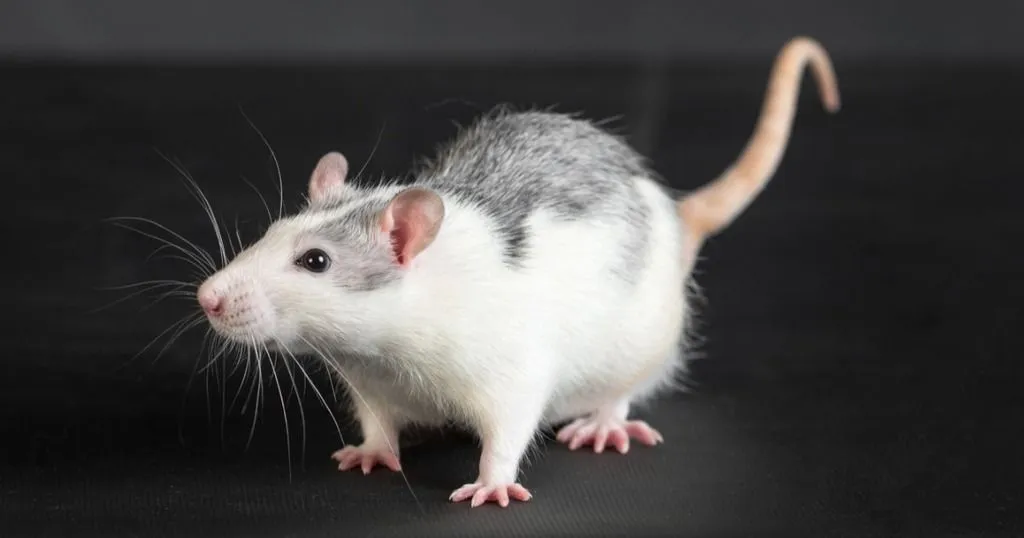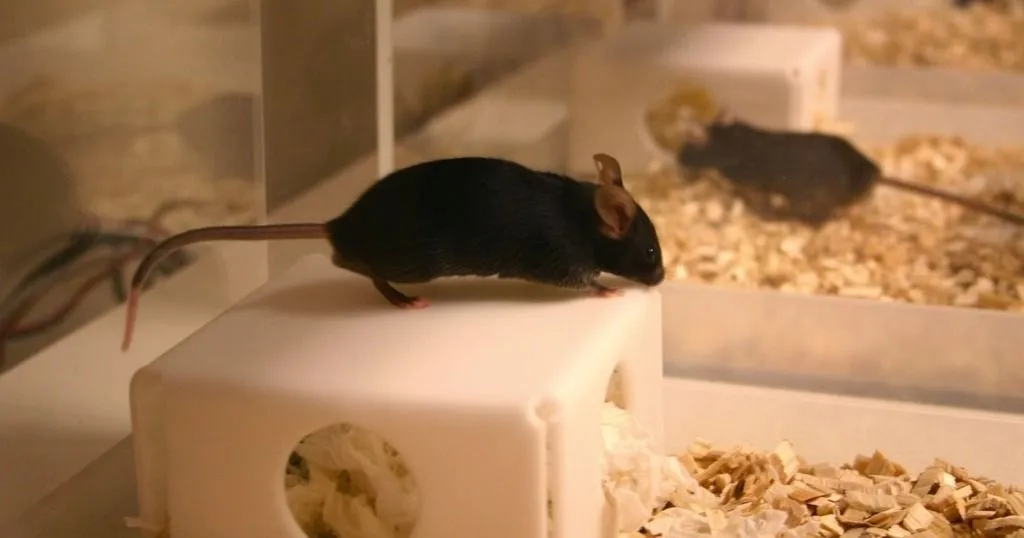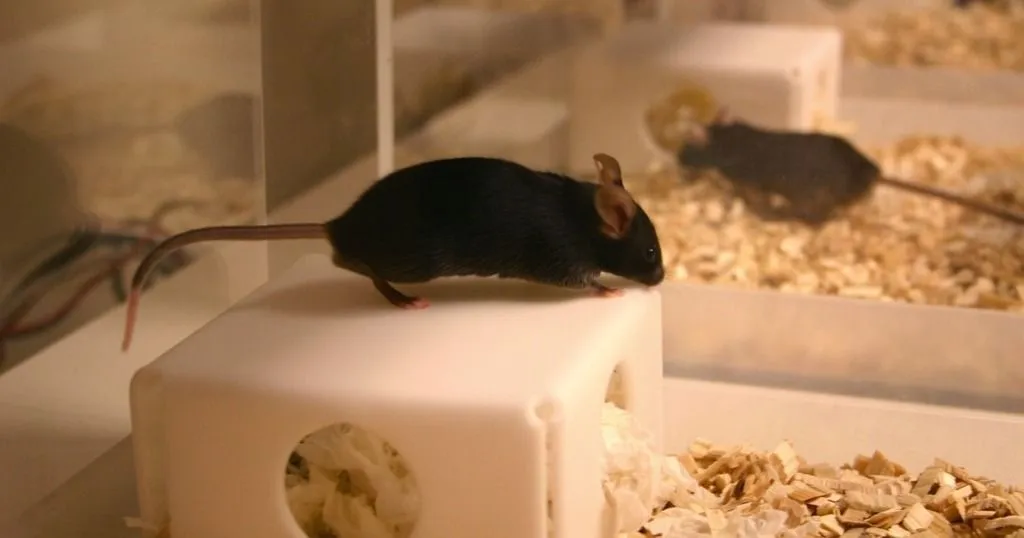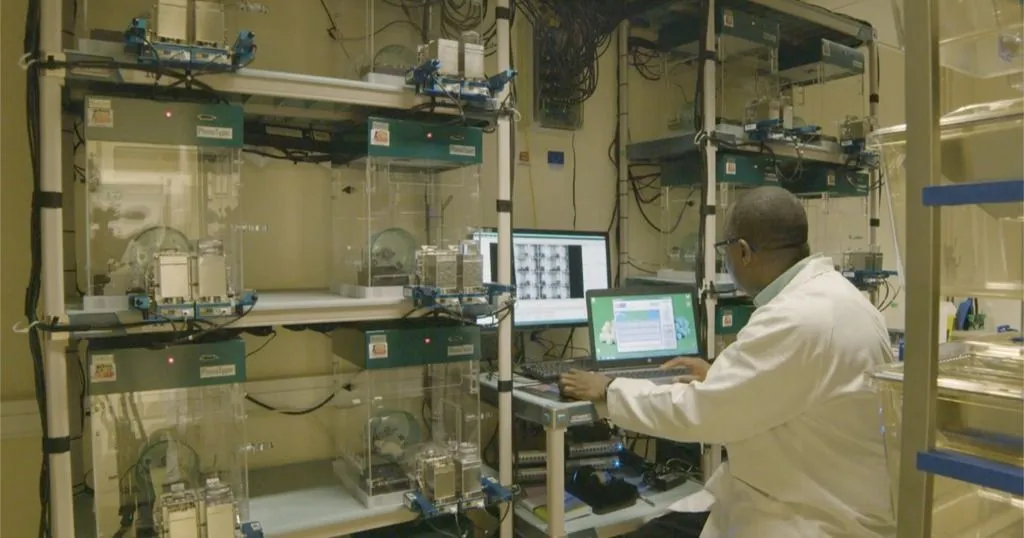How Automatic Rat Behavior Recognition was developed
If you are familiar with neurobehavioral research in any way, you will know that variables like velocity and distance moved are important parameters in a lot of animal behavioral experiments.
Posted by
Published on
Thu 12 Dec. 2013
Topics
| Automating Behavioral Observations | Behavior Recognition | EthoVision XT | Rats | Video Tracking |

If you are familiar with neurobehavioral research in any way, you will know that variables like velocity and distance moved are important parameters in a lot of animal behavioral experiments. While these are difficult to measure with the naked eye, video tracking software does an excellent job of doing this automatically.
How Automatic Rat Behavior Recognition was developed
More specific behaviors, such as rearing and grooming, are also important in these experiments. They are traditionally assessed by the trained eye, but manual scoring is time consuming and expensive. Automation of this process would bring several advantages, but it seemed difficult to develop the software for it. Until now, as EthoVision XT 10 has a new software module for automatic Rat Behavior Recognition. I talked to one of the developers of this software, Elsbeth van Dam (MA), about the process it took to get to this exciting new technology.
Why use automatic behavior recognition?
While variables such as velocity are hard to measure without software, specific behaviors, like rearing, are relatively easy to recognize, at least by the trained human eye. So why would we need software to do that job for us? Van Dam explains, “Subjectivity is inherent to human observation, and so is loss of concentration during long observations. Automating behavior recognition makes it possible to perform long-term experiments and get reliable results. In turn, long-term observations make monitoring of natural behaviors, for example in home cage environments, more feasible. It also allows for a higher throughput.”
The creation of Behavior Recognition software
So there are plenty of reasons for the development of this software, but it was not done overnight. At Noldus it all started with the Eureka research project, back in 1993, which was followed by more projects. Van Dam herself got involved in 2007, and started out with a lot of literature research. “The first attempts at automatic behavior recognition lead to the conclusion that the methods described in literature were not suitable. So, together with PR Sys Design, we designed a new technique. Next, we learned that we needed a lot more data”, she says. So that is what they did – gather more data with partner Janssen R&D.
In 2010 the first Research Edition of the automatic behavior recognition software was prepared for beta testing. Together with Delta Phenomics and Biometris (Wageningen University and Research Centre) the outcome was validated and the validation study was published in the Journal of Neuroscience Methods this year. Finally, the recent integration with the EthoVision XT package made this software available for everyone.
Challenges
I asked Van Dam what the biggest challenge in this project was for her. She told me, “The literature gave me many valuable ideas about behavior recognition, mostly of humans. But the biggest problem is that these ideas were not generic, not robust, and not fast. Because nothing I could find in the literature would work for rodents in infrared lighting, I had to find new characteristics that would work for behavior recognition.
This was the big question: why does it seem so easy for humans to recognize these behaviors, but is it so difficult to recognize them automatically? I also found that many human observers think that that behaviors are clearly defined and they can distinguish them easily, but that there are a lot differences in interpretation of the behaviors amongst observers. Or even between observations repeated by the same observer.”
What lies ahead
Right now the Rat Behavior Recognition software is a new module for EthoVision XT 10. As the name says, it is suitable for rats. In the near future Van Dam hopes to be able to adapt this software for mice as well. She is also working on adding more behaviors, specifically social behaviors. Right now rat behaviors recognized include: eating, drinking, walking, resting, jumping, twitching, grooming, sniffing, rearing supported, and rearing unsupported.
She emphasizes that custom software is already possible. “If someone wants to be able to automatically recognize another behavior, one that is not in the list of ten behaviors already included, then we can customize the software for this customer. It is going to be exciting to see which other behaviors we can recognize!”
Read more
The validation study mentioned in this blog post is:
Dam, E. van; Harst, J.E. van der; Braak, C.J.F. ter; Tegelenbosch, R.A.J.; Spruijt, B.M.; Noldus, L.P.J.J. (2013). An automated system for the recognition of various specific rat behaviours.Journal of Neuroscience Methods, 218 (2), 214-224.
Rat Behavior Recognition is now available as a software module for EthoVision XT video tracking software.
Related Posts

The do’s and don’ts in behavioral testing: improve your open field test

Better together or happier apart? The effects of housing on stress in mice

